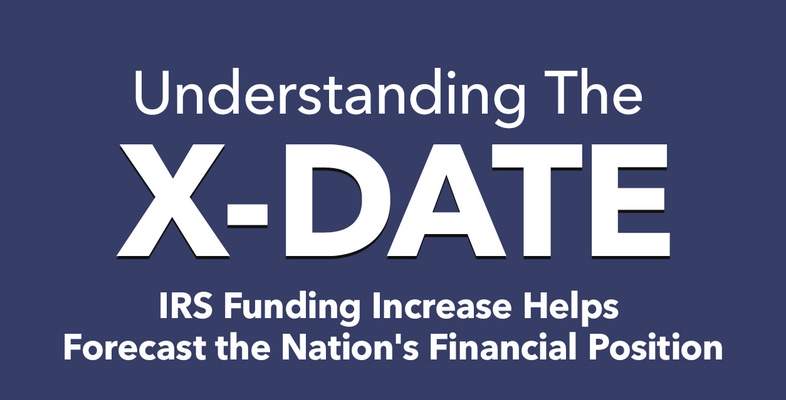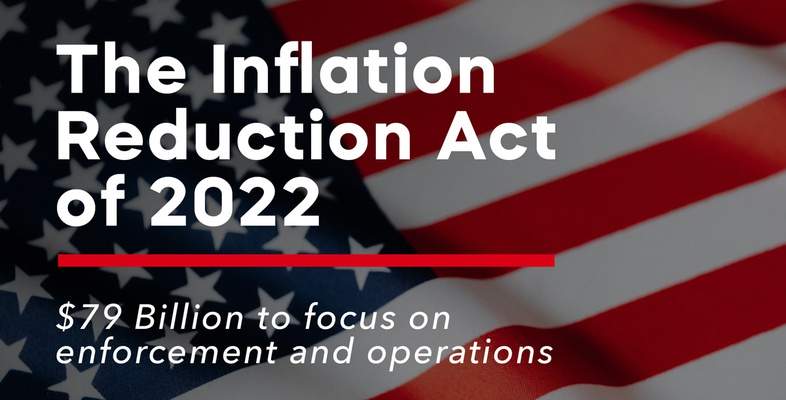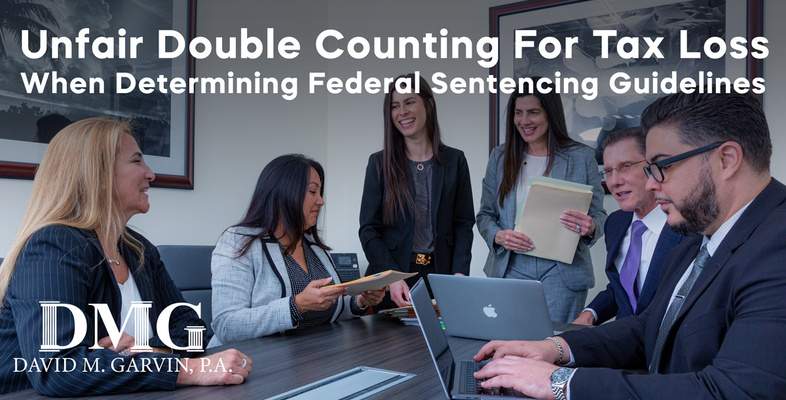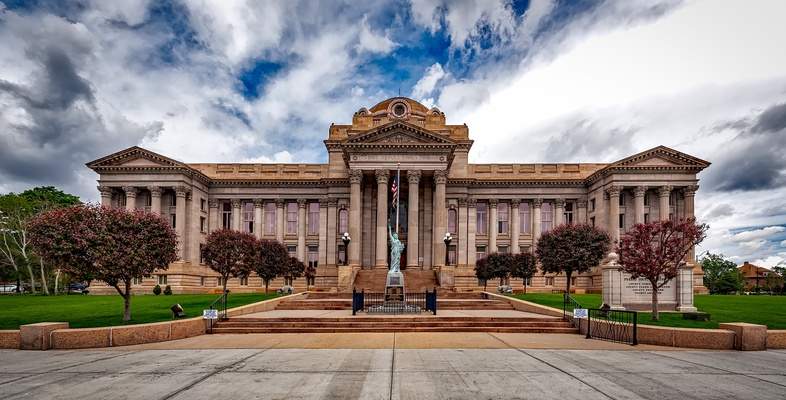A False Statement to a Bank May Result in a Conviction Pursuant to 18 USC 1014 Even When There Was No Risk of Loss or Liability For the Bank
United States v. Taylor, 808 F.3d 1202 (9th Cir. 2015)
Opinion
SCHROEDER, Circuit Judge:
Lloyd Taylor appeals his conviction of seven counts of making false statements to a bank in violation of 18 U.S.C. § 1014, and six counts of aggravated identity theft in violation of 18 U.S.C. § 1028(a). These convictions arose out of a tax evasion scheme in which Taylor used multiple false identities to open bank accounts in order to obtain cashier's checks to buy gold. The bank discovered the scheme and reported it to federal authorities.
The determinative issue he raises in this appeal is whether § 1014 requires a risk of loss or liability for the bank. There was none in this case because Taylor was depositing and withdrawing money from accounts that he had created.
The statutory language, however, contains no requirement of a risk of loss to the financial institution. Rather, it requires only that Taylor knowingly made a false statement for the purpose of influencing in any way the action of the bank in connection with covered banking transactions—elements met when Taylor used false documents in connection with opening accounts and obtaining cashier's checks.
We therefore join the Fourth Circuit in holding that the statute does not contain any requirement of a risk of loss, and we affirm the convictions. See Elliott v. United States, 332 F.3d 753, 764 (4th Cir. 2003).
BACKGROUND
Taylor's scheme began in the 1980s when he used the identities of children who had died before receiving social security numbers, and who would have been approximately the same age as Taylor. At trial, the government introduced evidence that Taylor obtained Florida driver's licenses, which he subsequently renewed, and voter registration cards, using the stolen identities. According to the evidence presented, Taylor used these false documents to open various bank and brokerage accounts, including checking accounts at Wells Fargo and Wachovia. In 2009, Taylor, using one of his false identities, purchased four cashier's checks from Wells Fargo Bank, in the total amount of $250,000. Around the same time, again using a false identity, he purchased two cashier's checks from Wachovia Bank, in the total amount of $98,050. To obtain the cashier's checks, Taylor provided various [1204] forms of false identification to each bank. To pay for these cashier's checks he used funds drawn from checking accounts he had opened at each bank, also using false identities. In addition, Taylor had various other schemes involving falsified passport applications and creation of a nonexistent church, which are not at issue here.
A grand jury indicted Taylor for violating numerous statutes, including making false statements to a federally insured financial institution, 18 U.S.C. § 1014; making false statements on U.S. passport applications, 18 U.S.C. § 1542; obstruction of the administration of internal revenue laws, 26 U.S.C. § 7212(a); tax evasion, 26 U.S.C. § 7201; and aggravated identity theft, 18 U.S.C. § 1028(a). A jury convicted Taylor of all counts in June 2014.
On appeal he challenges only the § 1014 false statement convictions and the § 1028(a) convictions, which are derivative of the § 1014 convictions. These convictions effectively resulted in increasing his sentence by two years. Taylor rests his entire appeal on the argument that the government was required to prove under § 1014 that Taylor's conduct created a risk of loss to the banks, which the government unquestionably did not do.
DISCUSSION
Resolution of Taylor's appeal requires us to look at the textual elements of the statute. Section 1014 provides, in relevant part:
Whoever knowingly makes any false statement or report . . . for the purpose of influencing in any way the action of . . . any institution the accounts of which are insured by the Federal Deposit Insurance Corporation . . . upon any . . . commitment . . . or application for . . . a guarantee . . . shall be [guilty of an offense against the United States].
18 U.S.C. § 1014. It is undisputed that Taylor made false statements of his identity to open accounts, withdraw funds, and obtain cashiers' checks from insured banks. HN3 A "cashier's check is a commitment" within the meaning of 18 U.S.C. § 1014. United States v. Boren, 278 F.3d 911, 916 (9th Cir. 2002) (quoting United States v. Riley, 550 F.2d 233, 235 (5th Cir. 1977)).
Prior to 1997, most circuits had held that § 1014 reached only those false statements that were "material," that is, having "the capacity to influence the lending institution" with respect to a decision involving the bank's funds. Theron v. U.S. Marshall, 832 F.2d 492, 497 (9th Cir. 1987) (citation omitted). The Supreme Court in United States v. Wells, 519 U.S. 482, 489-99, 117 S. Ct. 921, 137 L. Ed. 2d 107 (1997), rejected the materiality requirement, holding that materiality of a false statement is not an element of § 1014. The Wells Court relied on the plain text of § 1014, which contains no mention of materiality, as well as on the legislative history of the statute, to determine that there is no materiality requirement. Id.
Relying on Wells, the Fourth Circuit explicitly rejected a risk of loss element. Elliot explained that Wells held that a false statement "need not be material to a financial institution's decision to advance or loan funds." 332 F.3d at 764. If a false statement violates the statute even if it cannot influence any financial decision, then, Elliot concluded, there can be no requirement of risk of financial loss. See id. "Because materiality is not an essential element of § 1014, it would be nonsensical for us to require the Government to nonetheless prove that the financial institution faced a risk of financial loss." Id. The Fourth Circuit's decision is consistent with that of the pre-Wells opinion by the Third Circuit in United States v. Yoo, which explained, "[Defendant's] additional argument that § 1014 does not apply here [1205] because in this case there was no risk of loss to any federally insured bank, disregards established precedent. Damage or the risk of damage to an insured bank is not an element of § 1014." 833 F.2d 488, 490 n.2 (3d Cir. 1987) (citations omitted).
Relatedly, the Fifth, Seventh, and Tenth Circuits have all held that actual loss is not an element of § 1014. See United States v. Lane, 323 F.3d 568, 583 (7th Cir. 2003) ("[M]uch like materiality, loss is not an element under § 1014."); United States v. Grissom, 44 F.3d 1507, 1511 (10th Cir. 1995) ("The defendant need not have intended to harm the bank or to personally profit, and the bank need not have suffered actual loss in order to sustain [§ 1014] convictions.") (citation omitted); United States v. Waldrip, 981 F.2d 799, 806 (5th Cir. 1993) ("Loss need not be proven to convict a defendant for . . . making a false statement to a bank . . . .").
Our court has not previously addressed the issue, but we have no reason to disagree with our sister circuits, because the plain language of § 1014 imposes no risk of loss requirement. Congress could legitimately have been concerned about banks' ability to detect identity theft and ensure the correct identity of their customers, regardless of whether the banks were also exposed to potential liability. We therefore hold that proof of a risk of loss to a financial institution is not required for conviction of making a false statement in violation of § 1014.
AFFIRMED.




